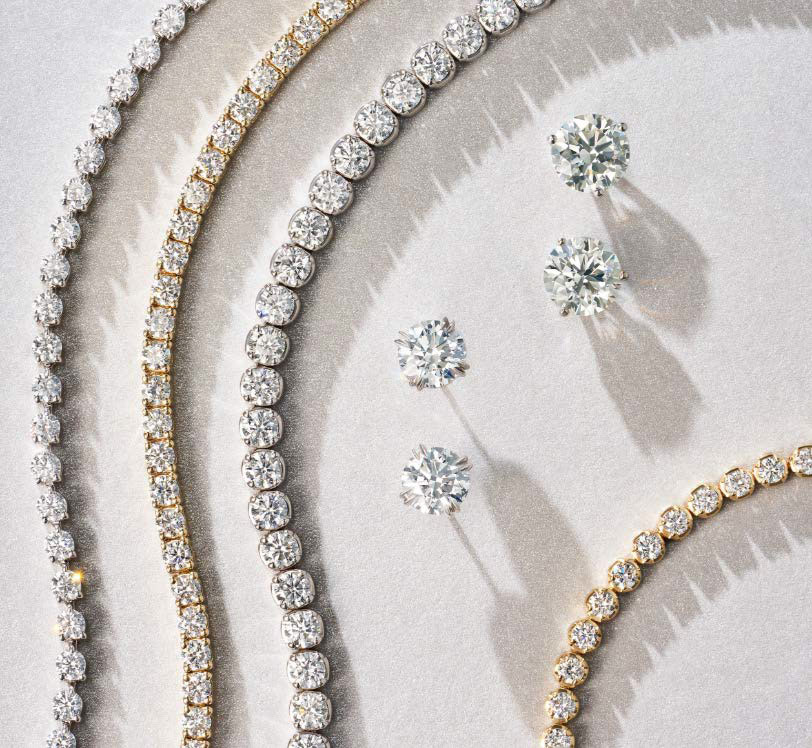Bercotts offer one of Glasgow’s best selection of Lab Grown Diamonds. Whether you are looking for an engagement ring, wedding ring or diamond jewellery. All of our lab grown diamonds are individually selected to ensure the highest possible quality. Shop online or pop into our Glasgow store.
View our Lab Grown Products
Lab-grown diamonds have increasingly grown in popularity over the last 10 years. Lab grown diamonds are an excellent and affordable alternative to natural diamonds as they can easily match the look and sparkle of a natural stone. Lab grown diamonds are also considered to be more eco friendly than a natural diamond. We are shedding some light on lab grown diamonds.
Lab grown diamonds; also known as eco diamonds, synthetic diamonds, man made diamonds; are created in a similar way to natural diamonds, only the process is sped up in a laboratory instead of in nature. This creates a diamond that is more affordable and eco friendly.
The short answer is yes, Lab grown diamonds are physically, chemically and visually the same as natural diamonds. When placed beside a similarly graded natural mined diamond, the stones will look identical.
The 3 major international diamond laboratories GIA, HRD and IGI provide diamond grading reports certifying it is a diamond with exactly the same optical, physical and chemical characteristic than mined diamonds with the point of origin being the only difference. One is grown above the ground while the other is extracted from the ground.
Compared with natural diamonds, Lab-grown diamonds are very cost effective and can be around 30% – 70% less expensive than similar natural diamonds. This means that you can get a larger or higher quality stone for your budget.
If you are wondering whether lab grown diamonds are worth investing in or will they hold their value we suggest opting for a natural diamond. Lab diamonds are chemically and physically the same, however they are not as rare and sought after as natural diamonds.
It is extremely difficult to tell the difference between a lab diamond and a natural diamond., visually there is no way to tell the difference between stones. even to a trained eye. Traditional jewelers tools such as microscopes or loupes cannot detect the difference between a laboratory-grown diamond and a natural, mined diamond. One way to tell the difference would be on the diamond certification.
Yes, the 3 major international diamond laboratories GIA, HRD and IGI provide diamond grading reports certifying it is a diamond with exactly the same optical, physical and chemical characteristic than mined diamonds with the point of origin being the only difference. One is grown above the ground while the other is extracted from the ground.
The process of growing diamonds is one of the most precise and difficult manufacturing techniques that humans have ever achieved. To grow a gemstone quality diamond larger than one carat has taken man almost 60 years of research and development.
Diamonds can be grown in two ways. The first is called High Pressure-High Temperature (HPHT) and the second is called Chemical Vapor Deposition (CVD). Each process is best suited for certain sizes, shapes, and colours of diamonds.
You will not be able to tell the difference between a CVD and an HPHT diamond with the naked eye. Both methods can create a beautiful, sparkling diamond. Both the CVD and the HPHT method will create a real diamond that is optically, chemically and structurally identical to a mined diamond.
The HPHT method is the original method of creating lab grown diamonds. Gem quality
HPHT diamonds were introduced in the 1950s.
Outside of growing diamonds, the HPHT process can also be used to enhance the colour of diamonds to make them colourless, pink, green, blue, or yellow.
HPHT diamond growth occurs within large pressure cookers called cubic presses, which can exert more than 70 metric tons. To grow a diamond in a cubic press, small diamond seeds are carefully placed into the bottom of a growth cell. A layer of additional carbon, in form of graphite, is then delicately placed on top of the diamond seeds. The growth cell is then placed into the centre of the cubic press and heated to 1,500 degrees C while being subjected to 1 million psi of pressure, which is approximately 70,000 times the pressure at sea level!
At that temperature and pressure, the graphite in the growth cell is melted into a liquid and then very carefully cooled into our favourite form of carbon, a diamond crystal.
Diamond production is quite different from HPHT growth in two major ways. First, the diamonds are grown in a vacuum instead of under tremendous pressure. Secondly, CVD growth requires large, flat plates of diamond instead of small seeds.
To grow a CVD diamond, diamond plates are placed into a vacuum chamber, which is carefully injected with a hydrocarbon gas such as methane, and use high power microwave energy to break down the atomic bonds of the hydrocarbon gas. This separates the carbon atoms from the hydrogen atoms, and the resulting free carbon ‘rains’ down on the diamond plates, vertically growing the diamond atom by atom, like the way snow
Lab grown diamonds may tend to come in higher qualities, however they are not all flawless. They are graded in the exact same way that natural diamonds are and all of our lab grown diamonds come fully certified. Make sure to still look out for the 4 c’s when looking at a lab grown diamond.
The short answer is no, Lab grown diamonds are physically, chemically and visually the same as natural diamonds. When placed beside a similarly graded natural mined diamond, the stones will look identical. Lab grown diamond do tend to be sold in higher qualities for example D – F colour.
Benefits to choosing a lab created diamond

Always ethically sourced

More eco friendly

Superior quality and purity

More affordable

Natural diamonds compared to lab-grown diamonds
Lab grown diamonds are almost identical to natural diamonds. Even using professional tools it can be difficult to differentiate between the two. To the naked eye, man-made diamonds show the same scintillation, sparkle and fire as natural diamonds. The only way to certify whether a diamond is natural or lab made is through tests that require specialized equipment. However, a lab-grown diamond should always come with a certificate which proves that it was lab made.
Lab-made diamonds can receive grading reports that certify the diamond has exactly the same optical, physical and chemical characteristics as its natural counterparts. There are three major international diamond laboratories that provide diamond grading reports such as these: GIA, HRD, and IGI. These certificates prove that the only difference is the origin, as lab-made diamonds are created above-ground whereas natural diamonds are mined from the ground.
What our customers say

Fantastic service from start to finish from both Max and David when buying my fiancee’s engagement ring…
C C.

I can tell they take great pride in their work and it is easily discernible in the jewellery they produce.
Rory Baker
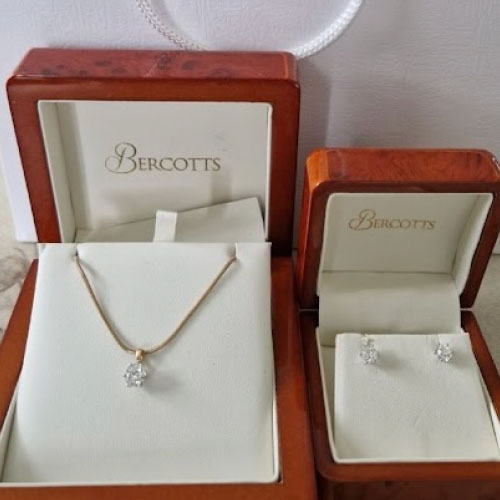
My lovely husband had his grandmother’s Victorian brooch transformed by Bercotts…
Lesley Biggart
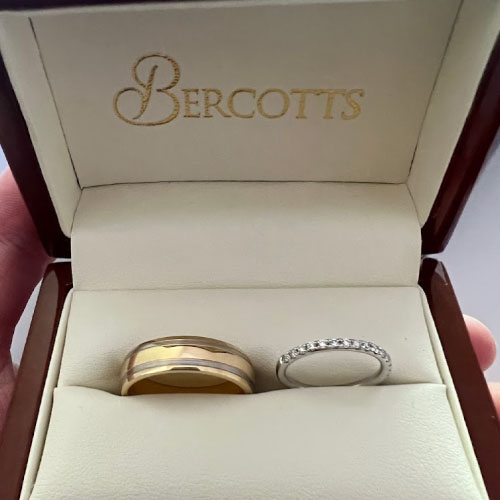
This was pivotal in me making my decision on my now wife’s engagement ring…
David Duggan
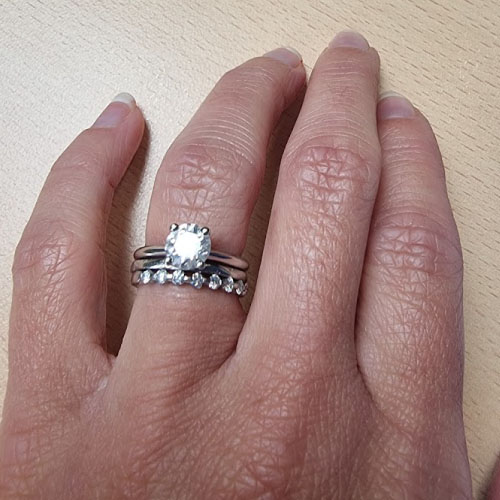
The fact it’s a family business makes it even better and so much more personal…
Lucy Jamieson
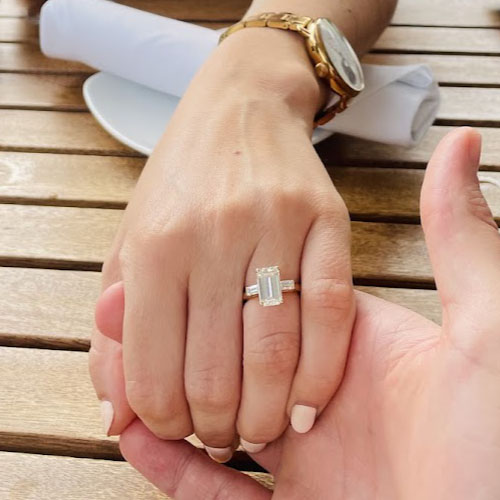
David went above and beyond in helping us to design a bespoke setting and accommodated our budget and specifications.
Miranda Williams


